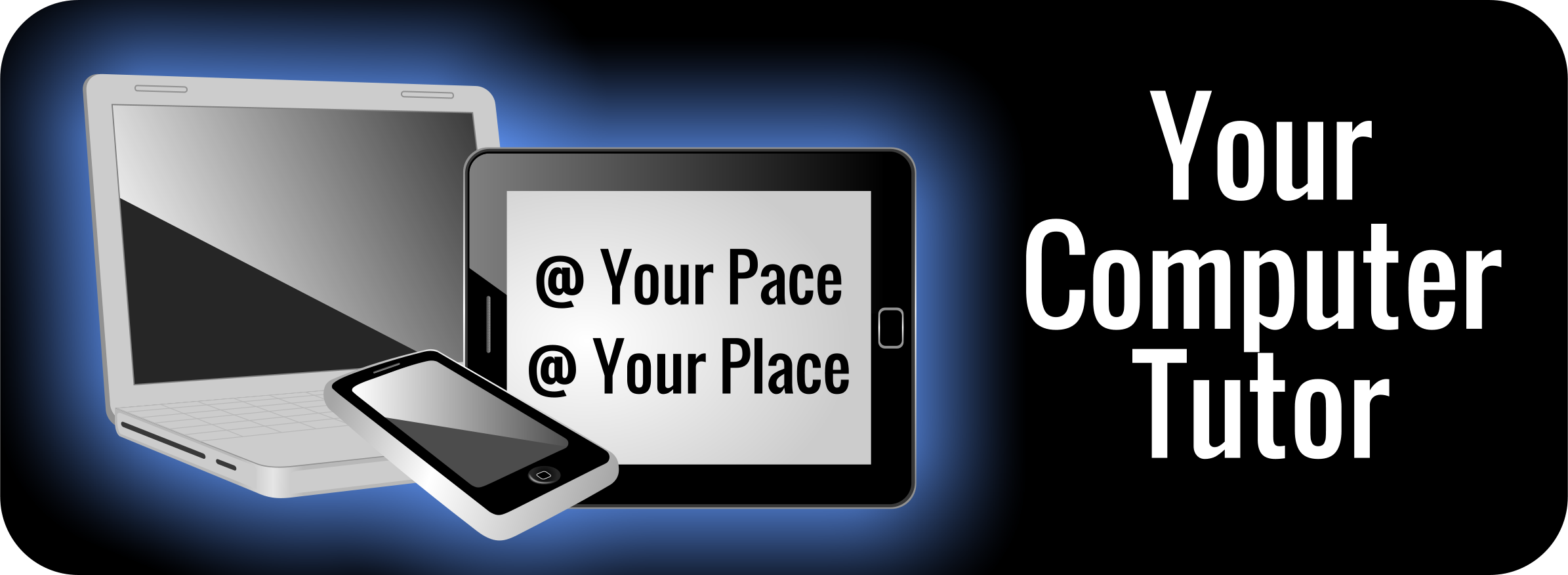“Sunrise, Sunset” – Windows 7’s retirement and what this means for you
Has it really been 10 years? Windows 7 was introduced October 22, 2009.
Windows 7 will be retired January 14, 2020.
After that, technical assistance and software updates from Windows Update that help protect your PC will no longer be available for Windows 7.
A life without software updates might sound glorious, but the risks to your computer are significant. Hackers and ransomers will continue to pierce holes in Windows 7, and with no security updates being applied, a Windows 7 machine becomes an easy target.
Why can’t you just upgrade to Windows 10? Microsoft tried to entice users back in 2016 with a free “amnesty” upgrade. Today, just the software license for Windows 10 will run you at least $139 then there’s the labor for the technician to perform the upgrade, back up and restore your data if something goes wrong — and all of that is IF your older computer is even compatible with Windows 10.
Microsoft recommends purchasing a new computer with Windows 10 already installed, and I agree. I am here to assure you – Windows 10 is really not that different to use! If care is taken in setting up the new PC, you’ll be fine.
With my YCT clients, I use a new PC checklist to ensure that everything is as you need it before we declare you “all moved in.”
For a smooth move to a new PC:
- Have all of your passwords written down in a safe place, or in a digital password vault application. You will likely need them all as you sign into each application or website the first time and beyond.
- Have your cell phone nearby as you set up your new computer in case you are asked to verify or authenticate your login from a new device.
- Clean House – Take the opportunity before your move to the new computer to delete files you no longer need. Move items from your Desktop to a more appropriate folder, like Documents or Pictures, or better yet, a cloud drive like Google Drive, iCloud Drive, or Dropbox.
- Have an up-to-date backup of your data. USB flash drive at the very least, External Hard Drive or cloud backup
More from Microsoft directly here.

